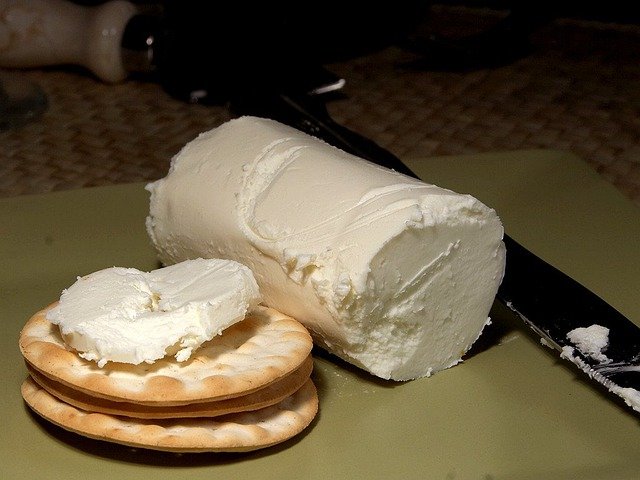
Caprino is an adjective that refers to that linked to the goat.
The adjective caprine , which comes from the Latin word caprīnus , refers to that which is linked to a goat . For example: “Goats are the main economic resource of this region” , “The government announced a series of measures to favor the goat sector” , “The goat population does not stop growing throughout the country” .
The animal of the species Capra aegagrus hircus is called a goat. It is a mammal belonging to the subfamily Caprinae that is ruminant (it carries out digestion in two stages: it ingests food and then regurgitates it to chew it again and add saliva) and artiodactyl (its extremities end in an even number of fingers, two or more of which rests on the surface).
Goat development
The domestication of the goat occurred several millennia before Christ . From then on, the so-called goat cattle began to develop. In addition to goat meat , goat milk is also used. Various dairy products are made with this milk, such as goat cheeses .
China e India son los mayores productores mundiales de ganado caprino. Más allá de Asia, se destacan Sudan, Nigeria, Tanzania, Kenya y Argentina.

Goats make it possible to produce cheese, milk and other products.
Diseases that can affect these animals
Among the diseases that goats suffer from most frequently, it is possible to differentiate three well-defined groups:
* non-infectious : they are those that appear due to disorders in the metabolism, such as poisoning from the consumption of certain plants or excessive feeding;
* infectious : these diseases of goats are caused by certain living organisms . Some of the most common are tetanus, viral diarrhea and brucellosis;
* contagious : they are transmitted from one animal to another. Three very common examples are anthrax, tuberculosis and ecthyma.
Black leg, a common goat disease
In addition to the diseases mentioned in this brief classification, it is possible to mention black leg or symptomatic smut , which is contagious and most frequently affects sheep. Regarding its most obvious symptoms, you can observe the appearance of gas bubbles in the muscle masses, lameness that can immobilize the animal, and fever.
The black leg process can be completed in a minimum of 12 hours and a maximum of two days, leading the individual to certain death. Eventually, the affected part of the body becomes swollen, dark, and its temperature drops dramatically. The treatment that is usually administered is the application of the triple or double vaccine , although this should only be done in goats or lambs that are over three months of age.
Goats and mastitis
On the other hand we have mastitis , a contagious disease capable of generating a serious infection . In short, mastitis inflames the udder and decreases milk production, in addition to negatively altering its quality. In the worst cases, fever is also noted. To treat it, an antibiotic is usually applied three times intramammarily, spacing the doses over 24 hours.
To minimize the chances of contagion, it is advisable to take extreme hygiene measures during the milk extraction process: the udder must be adequately washed; the hands of the person in charge of milking must always be clean and disinfected; Once the work is finished, it is necessary to clean the room and the tools, including the bucket.
Caprino as the name of different places in Italy
In Italy , there are different places that have the term Caprino in their name. One of these towns is Caprino Veronese , which is located in the province of Verona ( Veneto region). Just under 8,000 people live in Caprino Veronese .
The Italian territory also has Caprino Bergamasco , a town that is part of the Lombardy region , more precisely the province of Bergamo . Caprino Bergamasco has almost 3000 inhabitants.
